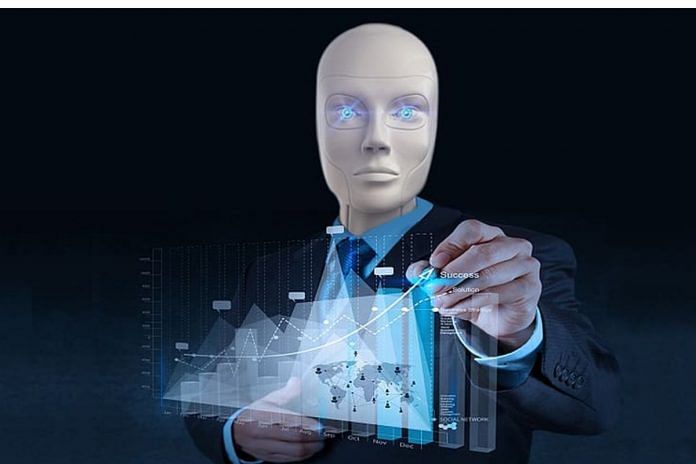
Thank you dear subscribers, we are overwhelmed with your response.
Your Turn is a unique section from ThePrint featuring points of view from its subscribers. If you are a subscriber, have a point of view, please send it to us. If not, do subscribe here: https://theprint.in/subscribe/
One of the most fascinating developments of the recent past that has taken the world by storm is AI. ChatGPT-3, a large language model AI, with its generative answers and massive dataset is displaying dangerous potential for disruption, and every professional, business, and sector is taking cognizance of what is looming over the horizon. There are also pertinent questions on how this emergent technology will interlace with our world.
While the anticipated shifts in the economic sphere have triggered fierce debate, a less-discussed aspect of the forthcoming changes is the likely disruption that will occur in the social sciences domain. Being the playground of ideas and debates, this field wields tremendous power to shape narratives, identities, and consequently, government policy. However, this field has gradually become stagnant in India, with obsolete academia and ineffectual research being the order of the day. AI based tools could help in the process of reform and help in the elimination of dormancy in this field. The various ways in which it could contribute are discussed below.
Firstly, AI can be leveraged to bring about swift changes in the source material of various BA & MA courses. By creating tools to parse through the latest research findings in various journals, and contrasting this against the existing reference material, updations could be made in the existing course material. Secondly, tools could also be developed to audit the validity of various facts and data points mentioned in these sources, something that is only done in a piecemeal manner currently, if at all. Third, tools could also be used to provide more context to the content, similar to Twitter’s fact-checking feature. All of this would result in the creation of less redundant, more accurate, and more engaging content. It would move the frontiers of dormant subjects ahead, evoke interest among students, and breathe new life into fossilized debates.
Beyond this, AI could also play a major role in the curation of new material. Its abilities of image processing, pattern recognition, and making deductions by analysing large datasets could all work in tandem to generate new literature much faster. To illustrate this, we can do a thought-experiment in the sphere of Indian manuscripts.
The National Mission on Manuscripts had digitized over 3.06 crore pages in over 3 lakh manuscripts by August 2021. Studying, analysing, translating, and creating a narrative out of this volume of information, hitherto, would have taken hundreds of historians their entire careers. With AI, however, such activities can now be accelerated exponentially. By matching symbols within the manuscripts and identifying patterns, new epigraphical sources can be discovered much faster. Similarly, lost languages and dialects could also get unearthed. Even the authorship of various texts could be identified by similar pattern recognition methods, along with a cleaning of the texts of any external influence. The broad time-period within which a text was authored could also be deduced by analysing its script and dialect.
The increase in knowledge by making such interventions would be tremendous, with massive ramifications on other subjects as well. A single deciphered text could unlock several new domains of knowledge, similar to what happened after the discovery of Arthashastra in 1905 by R. Shamashastry. It led to advancements in history, geography, sociology, economics, governance and various other subjects. Just imagining the contours of this revolution and how it will shake things up is a very exciting prospect.
Finally, in the context of this article, we can also explore how the domain of research could see a radical overhaul due to AI. Firstly, it would allow researchers to quickly identify novel areas of study where there has been a dearth of attention. Second, it would serve as a great chaperone for researchers by providing ready summaries of data, like the nationwide census or CMIE’s employment statistics, along with an aggregation of links and resources. Even the simple yet irritating task of providing citations for various data points and quotes could be automated or at least sped up. Third, as the context windows of such large language model AI’s continue to get larger with an improvement in their output quality, entire libraries worth of research and texts could get processed to provide relevant intelligence. All this could make the scope of research much broader while also making the investigation much more incisive.
In conclusion, we can see that we are fast approaching a stage where the range of use cases is more limited by our imagination than by technological limits. Therefore, to progress as a society and bring back vibrancy to the liberal arts space, we must explore methods to properly integrate social sciences with emergent technology. Without it, politics, academia, and employability will all remain in its current stasis.
These pieces are being published as they have been received – they have not been edited/fact-checked by ThePrint.


COMMENTS